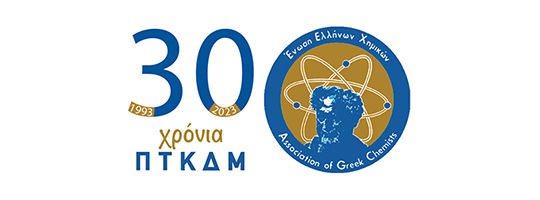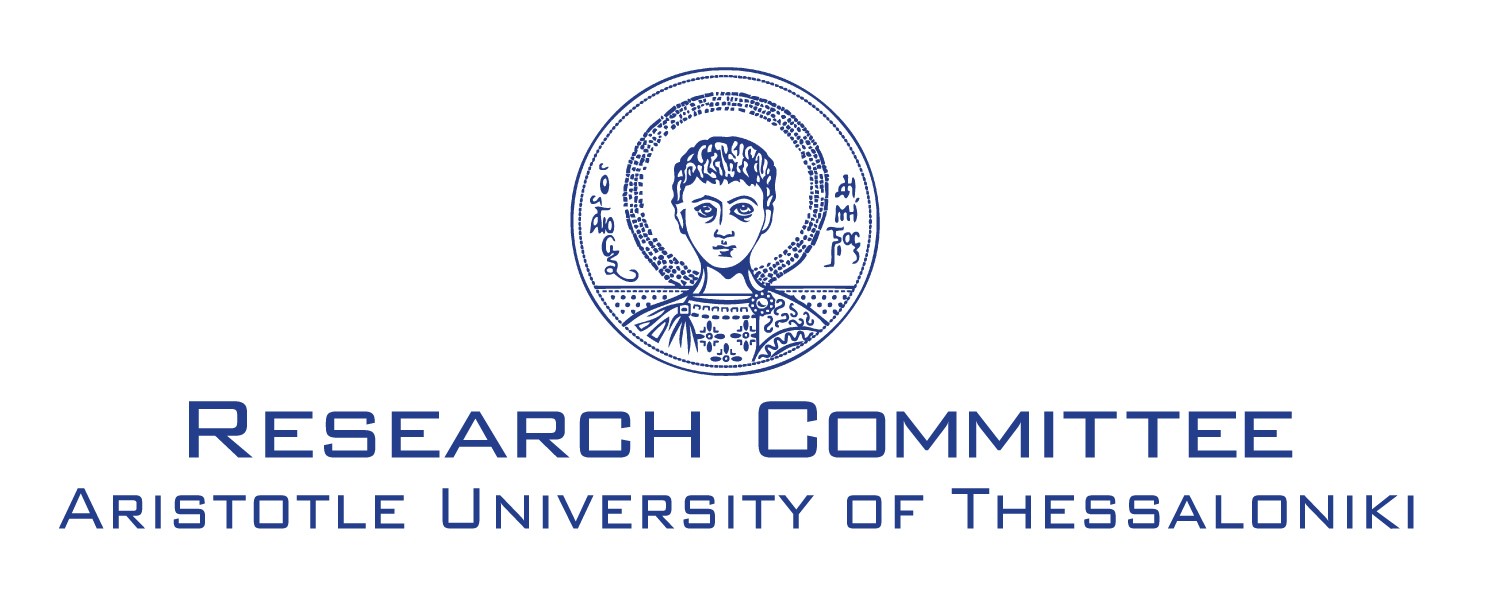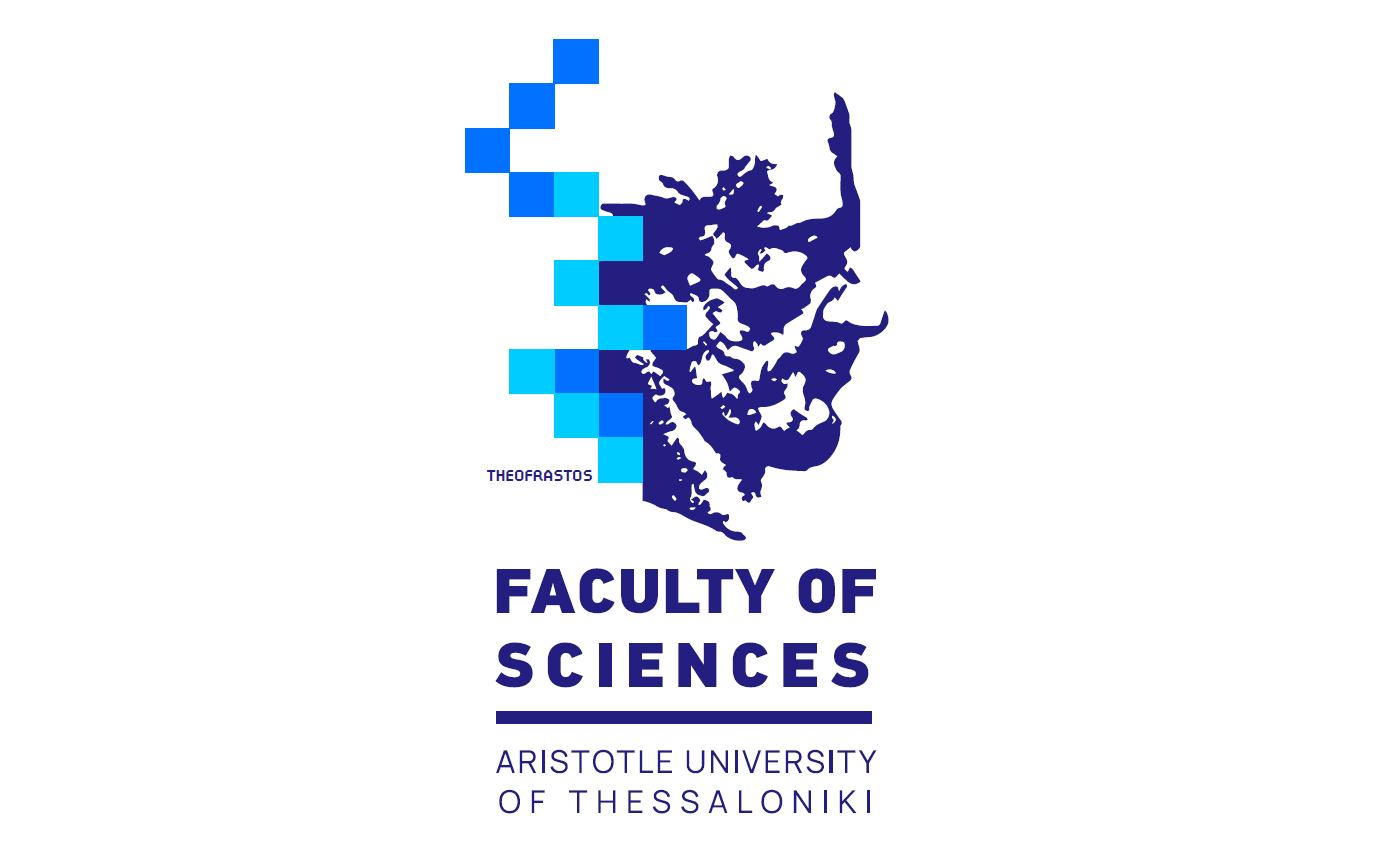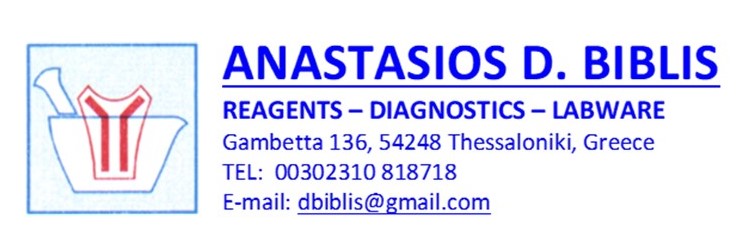
Thessaloniki, also known as Saloniki or Salonika, has a waterfront location at the Thermaic Gulf of Macedonian region, at the northwest corner of the Aegean Sea. It is the second largest city in Greece after Athens and so the second major economic, commercial, industrial and political center. In 2021 Thessaloniki metropolitan area had approximately 1.100.000 inhabitants.
It is a city with a rich history and culture that dates back to ancient times. The city was founded in 315 B.C. and named Thessaloniki after the step-sister of Alexander the Great and daughter of Philip II, King of Macedonia. Due to its strategical geographical location, as one of the most important ports of Macedonia, the city was developed rapidly.
Thessaloniki is a year-round destination, with a youthful energy all its own and there is always something to do and see, from ancient archaeological sites to contemporary art exhibitions. Some of the must-see attractions in Thessaloniki include the White Tower, the Arch of Galerius, the Rotonda Monument, the church of Agios Demetrios and the Byzantine Baths. The city is also home to numerous museums and galleries, including the Archaeological Museum of Thessaloniki, Byzantine Museum and Museum of Contemporary art.
The city is also known for its delicious food and is considered one of the culinary capitals of Greece. The gastronomic identity of Thessaloniki is heavily influenced by its history and the various cultures that have passed through it over the centuries and the recipes that Greek refugees brought with them from Asia Minor, Pontos and Eastern Thrace. Thessaloniki is well known for its amazing and varied street food, pastries and late-night eats, but it also has incredible fine dining.
Thessaloniki has an international airport with daily flights from Athens and some European capitals. It has a port with ferries to the Sporades islands, but can also be reached by car, bus or train.




















